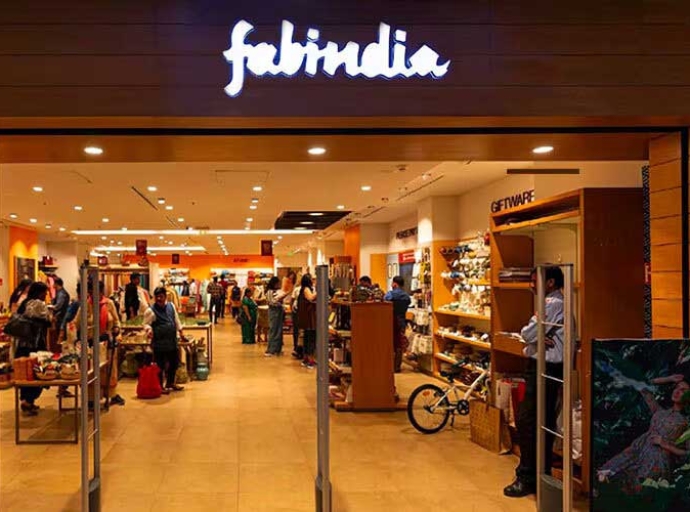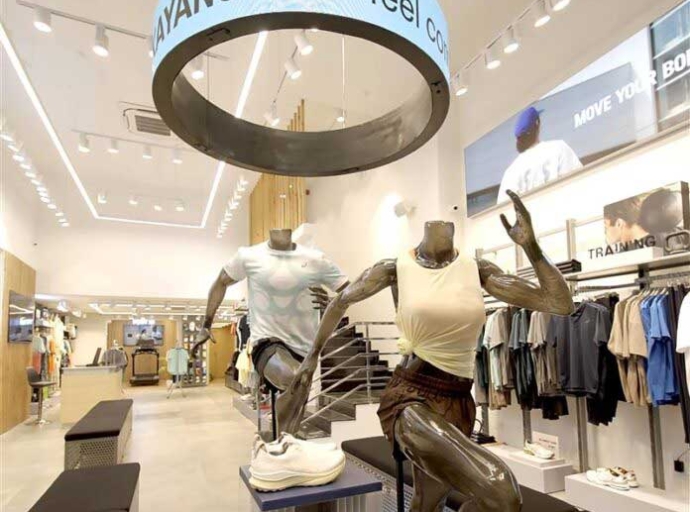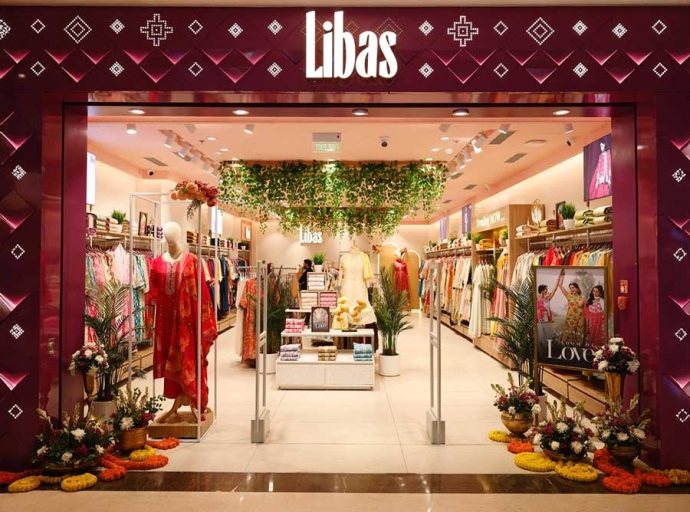The Rise of Speedy Shopping: Q-commerce zooms past e-commerce

Q-commerce or quick commerce is experiencing a meteoric rise in India, growing 4-5 times faster than established e-commerce channels, as pointed out by Varun Alagh, CEO Mamaearth. And as Alagh says, last year, it was not even in the top 10 in terms of contribution to sales. Today, it has entered the top five in online domain and is growing the fastest. This rapid growth has propelled it into the top five contributors to online sales for major D2C brands.
Strengths of Q-commerce
Speed is the defining factor for Q-commerce. Ultra-fast deliveries within minutes and thereby fulfilling the need for instant gratification, is its USP. What works for it is the convenience factor as it eliminates the need for physical store visits and is ideal for busy lifestyles and last-minute purchases. While profitability in e-commerce is a challenge, Q-commerce seems to be showing promise, potentially due to higher order frequency and targeted product selection.
However, while showing promise, profitability indeed remains a hurdle. Companies are exploring strategies like higher order values and product diversification to address this. Then there is the whole issue of logistics. Establishing a dense network of strategically located dark stores for efficient delivery within tight timeframes presents a challenge. Also, it currently caters more to essentials and smaller items. Fashion/apparel might face limitations due to size variations and the need for trial before purchase. And Q-commerce might encourage unplanned purchases, impacting budgets and potentially leading to higher return rates for fashion items.
Scope in fashion retail
Indeed in fashion retail there is a scope for growth, especially in categories like athleisure, accessories, and smaller apparel items. Brands can leverage Q-commerce for targeted campaigns, new product launches, and impulse buys. However, Ensuring proper fit and size options, managing returns efficiently, and building trust for fashion purchases within a quick-delivery model are crucial aspects to address.
Real-time inventory tracking across dark stores is critical to avoid stockouts and ensure prompt deliveries could be huge challenge. Then developing efficient delivery routes and logistics networks for faster fulfillment is essential. Building infrastructure and processes to handle the expected surge in demand is another big challenge.
Way forward
For success in fashion Q-commerce strategic partnerships is key. Collaboration between fashion brands and established Q-commerce platforms can leverage expertise and resources. Implementing AI-powered inventory management, delivery optimization tools, and data analytics will enhance efficiency. Building trust through quality control, clear return policies, and potentially incorporating virtual try-on options could be crucial for fashion in Q-commerce.
Indeed Q-commerce is revolutionizing the e-commerce landscape in India. While challenges exist, its focus on speed and convenience positions it for significant growth. By addressing these challenges and fostering collaboration, Q-commerce can become a major player in the fashion/apparel sector, offering a unique and convenient shopping experience for consumers.
Latest Publications

































